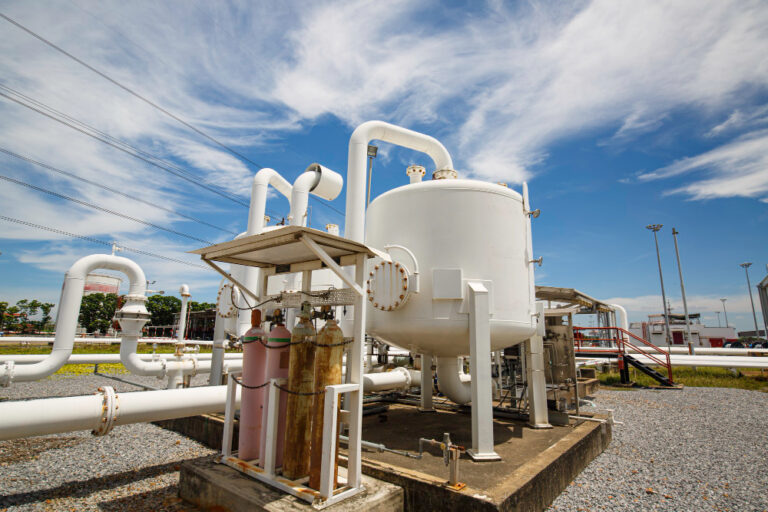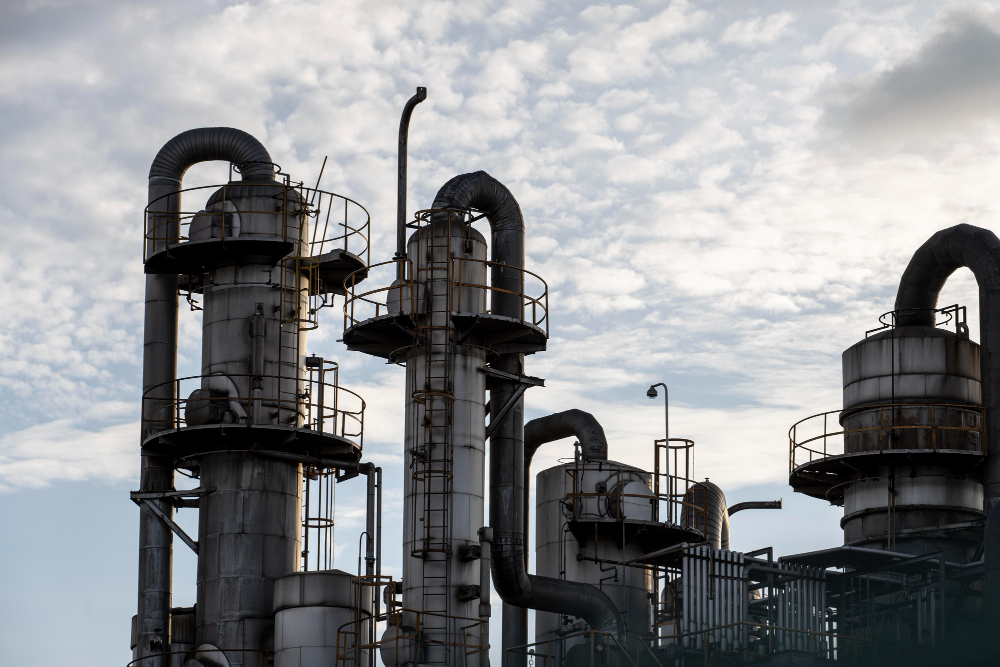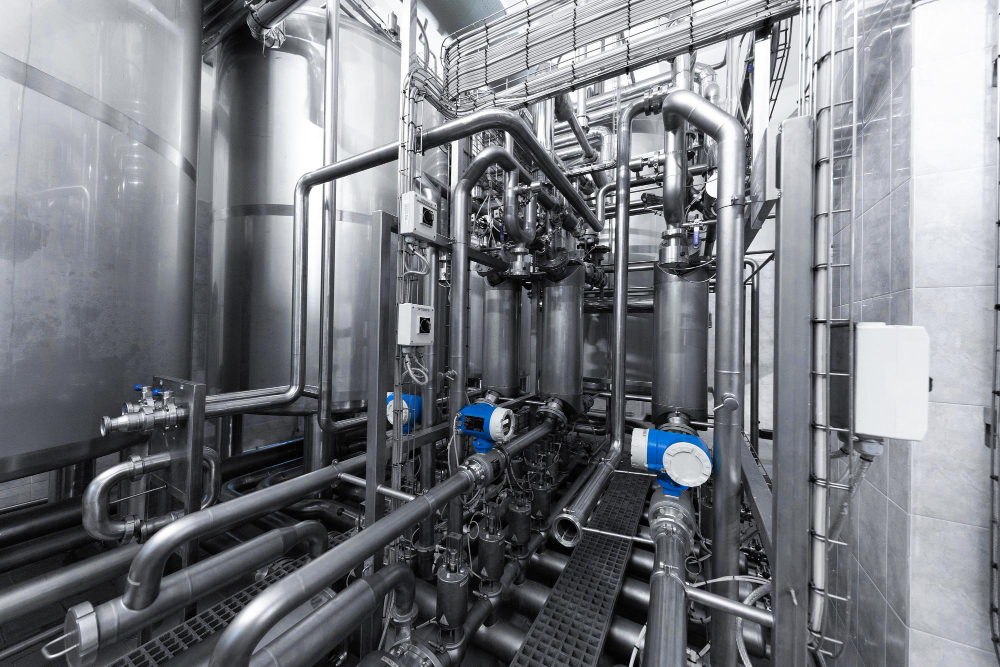ZERO LIQUID DISCHARGE
Zero Liquid Discharge (ZLD) is a wastewater treatment process that is designed to virtually eliminate all liquid waste from industrial processes. This process is essential for industries that produce large amounts of wastewater, such as pharmaceuticals, processing, and chemical manufacturing. The ZLD process involves multiple stages of treatment and filtration, including physical and chemical treatment, reverse osmosis, and evaporation. This process removes pollutants from the wastewater and recycles them for reuse, reducing the amount of liquid waste that is discharged into the environment. Additionally, the ZLD process reduces energy consumption and operating costs for industries, making it an efficient and cost-effective wastewater treatment system.


ZERO LIQUID DISCHARGE IMPORTANT
At Zero Liquid Discharge Important, we understand that it’s more than just about saving money. It’s about taking care of our environment, and creating a healthier, cleaner world for generations to come. We take pride in providing a sustainable solution to water and waste management that is both effective and efficient. Our Zero Liquid Discharge (ZLD) systems reduce water usage, minimize waste and harmful emissions, and eliminate the need for water discharge altogether. We value the health of our planet and the well-being of its inhabitants, which is why we are committed to developing our ZLD systems so that we may continue to make a lasting impact for generations to come.
ZERO LIQUID DISCHARGE APPLICATION
Zero Liquid Discharge (ZLD) application is an innovative wastewater management system that allows for the reuse of wastewater and minimizes the amount of liquid discharged into the environment. It is becoming increasingly popular in industries that require high levels of water use and wastewater management, such as power plants, chemical plants, and others. ZLD systems are designed to process wastewater from multiple sources and to remove all contaminants from the liquid before it is discharged. The process involves several steps such as pretreatment, filtration, evaporation, and crystallization. This ensures that no liquid is discharged into the environment. ZLD systems are highly efficient, cost-effective, and environmentally friendly. They are becoming increasingly popular as a way to reduce


ZERO LIQUID DISCHARGE BENEFITS
Zero Liquid Discharge (ZLD) offers numerous benefits to both businesses and the environment. ZLD systems can reduce water consumption by up to 95%, which helps to conserve water resources. Additionally, ZLD systems can reduce wastewater treatment costs by up to 90%, since they eliminate the need to treat wastewater. Furthermore, ZLD systems can significantly reduce the number of hazardous materials discharged into the environment, as well as reduce the number of chemicals used in wastewater treatment. This helps to protect both human health and the environment. Lastly, ZLD systems can reduce energy consumption, since they require less energy for wastewater treatment than traditional systems. Overall, ZLD offers a wide range of benefits that can help businesses save money, conserve resources, and protect the environment
ZERO LIQUID DISCHARGE TYPES
There are four main types of zero-liquid discharge (ZLD) systems:
- mechanical evaporation
- crystallization
- membrane systems
- biological systems

